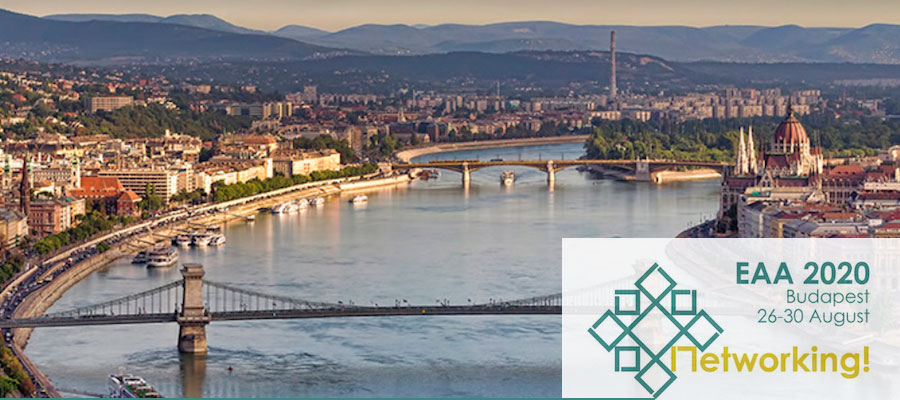Urban Networks and Religious Practices. Inside the Nodes: Changes and Novelties, session at the 26th European Association of Archaeologists Annual Meeting, Budapest, August 26–30, 2020
The session analyses the reciprocal impact of urban networks and religious practices in the Mediterranean World and beyond, from the Archaic until Medieval period. This wide chronological and geographical frame is necessary to point towards the fact that processes of urbanisation are strongly related to the development of religions. Cities, as hubs in a network, played an important role for the shaping of religious spaces, practices and even beliefs. Yet, spaces in cities are not only physically designed, but the production and outcome of social interaction. (Lefebvre 1974, Soja 1996) Religions played a crucial role in ancient urban settlements (city foundations, temple architecture, processions). However, they are under-researched when it comes to their own development.
Concepts, such as "polis religion", reflect the significance of religion in cities, but ignore the agency of individuals in shaping them, and oversee the dialectical relation that religions and urbanity have. The session intends to bring new perspectives on ancient cities by asking from both sides: How did religions shape the city, but also how did the specific city shape religious practices and beliefs?
Urban sites (capitals, city harbours, caravan cities) are crucial nodes within a trans-urban network. Mobility towards and within cities consequently spread new forms of communication and technologies into them.
Our specific interest is to look at phenomena of religious change that occurred through religious code-switchings in the use and perception of spaces, practices, and objects. Some key questions are: how did the arrival of new systems of beliefs and practices influenced the materiality and function of religious urban spaces in a city? How did local religious identities re-define themselves by transforming their urban spaces, especially when they were simultaneously used by different groups (co-spatiality)? Finally, how has the multiplicity of ethnic and religious groups within the city been administratively regulated?
Session organizers
Asuman Lätzer-Lasar, Max Weber Centre, University of Erfurt/Germany
Carmen Gonzalez Gutierrez, University of Cordoba
